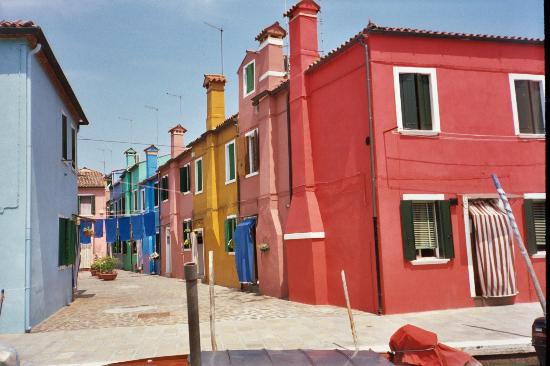On until the 25th of April at Venice´s Correr Museum is exhibition La Aventura del Vidrio: un milenio de arte veneziano. The show, which marks the 150 year anniversary of Venice Museum Foundation, is commissioned by Aldo Bova and Squarcina Chiara.

The exhibition was created with the aim of both promoting and telling the story of the art of Murano and Venetian glass, and is organized into four sections: archeological glass, 15th and 18th century, 19th century and 20th century. On show are more than 300 pieces from the Murano Crystal Museum´s collection – some of which were recovered from the banks of the Venice canals, having fallen from ships which were transporting them abroad.
The Murano glass name dates back to the 11th century, when Venice´s artisan glassworkers moved to the small island of Murano after a massive fire hit the city. Up until then, Venice had been the European leader in the production of glass, and so that this prestige was maintained, the special techniques and creative processes of the artisans became a closely guarded secret. Venice would go on to dominate the European glass market until 1700.
The special feature of Venetian glass was its hard, refined sodium-based composition, making it colourless and transparent. The early pieces were simple shapes decorated with gold or silver enamel to make them look like jewelry.
By the end of the 16th century, the designs had started to become more sophisticated, along with the technique. Pieces were smaller, lighter and more delicate, and glass filigree was developed, in which tiny strands of opaque glass were added to the transparent glass, giving the illusion of thread.
The European royalty, and then the bourgeoisie, became great fans of the objects being produced in Murano, introducing them into their palaces and mansions and creating a whole new aesthetic style.
In the 16th century, the European demand for glass meant that many of the artisans emigrated to other countries and opened their own workshops, training others in their techniques and knowledge of glass, and spreading the Venetian glass culture.
The exhibition has Murano glass designs from throughout its history – from utilitarianism, which saw the production of domestic objects – to surrealism, with incredible, sophisticated sculptures.
Murano crystal is sometimes more valuable than gold – and its history is full of scandal and secrets. To find out some of it, and delight in the rich history of glass, don´t miss this exhibition if you are in Venice. After all that, experience a different kind of pleasure in your rented Venice apartment…
For more information http://www.museiciviciveneziani.it/frame.asp?musid=231&sezione=mostre
?
 Nancy Guzman
Nancy Guzman
Murano crystal is sometimes more valuable than gold – and its history is full of scandal and secrets. To find out some of it, and delight in the rich history of glass, don´t miss this exhibition if you are in Venice. After all that, experience a different kind of pleasure in one of the apartments in Venice ..

 English
English Translated by: Poppy
Translated by: Poppy